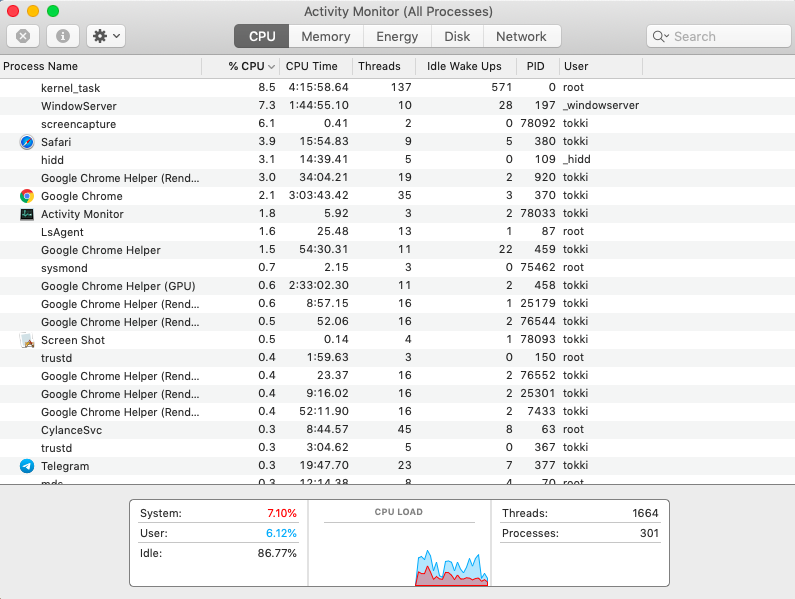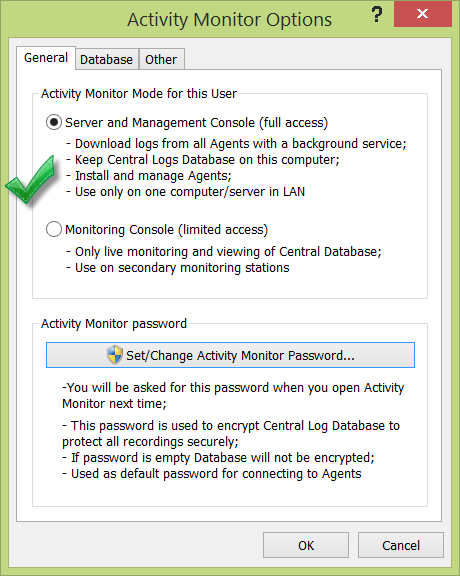


Testing of an uninvolved specimen, such as DNA derived from cultured skin fibroblasts, is imperative. Note: (1) Testing for a germline pathogenic variant should not be performed on blood, bone marrow, or other tissues contaminated with peripheral blood such as saliva, buccal cells, or DNA from direct skin biopsy without culture during an active hematologic malignancy or in individuals following allogeneic stem cell transplant. In such instances it may be more efficient to pursue genomic testing (see Option 2). Individuals may present with hematologic malignancies or cytopenias that are indistinguishable from other inherited hematologic disorders. However, individuals with a germline DDX41 pathogenic variant can exhibit significant clinical heterogeneity. Individuals with the distinctive findings described in Suggestive Findings may be diagnosed using gene-targeted testing (see Option 1). Gene-targeted testing requires that the clinician determine which gene(s) are likely involved, whereas genomic testing does not. Molecular genetic testing approaches can include a combination of gene-targeted testing (single-gene testing, multigene panel) and comprehensive genomic testing ( exome sequencing, genome sequencing) depending on the phenotype. (2) Identification of a heterozygous DDX41 variant of uncertain significance does not establish or rule out the diagnosis of this disorder. Note: (1) Malignant myeloid cells from individuals with a germline DDX41 pathogenic variant frequently demonstrate both the germline and a somatic DDX41 variant. The diagnosis of DDX41-associated familial MDS/AML is established in a proband with suggestive findings and a heterozygous germline pathogenic variant in DDX41 identified by molecular genetic testing (see Table 1).


 0 kommentar(er)
0 kommentar(er)
